Beyeler sheds light on master of colour
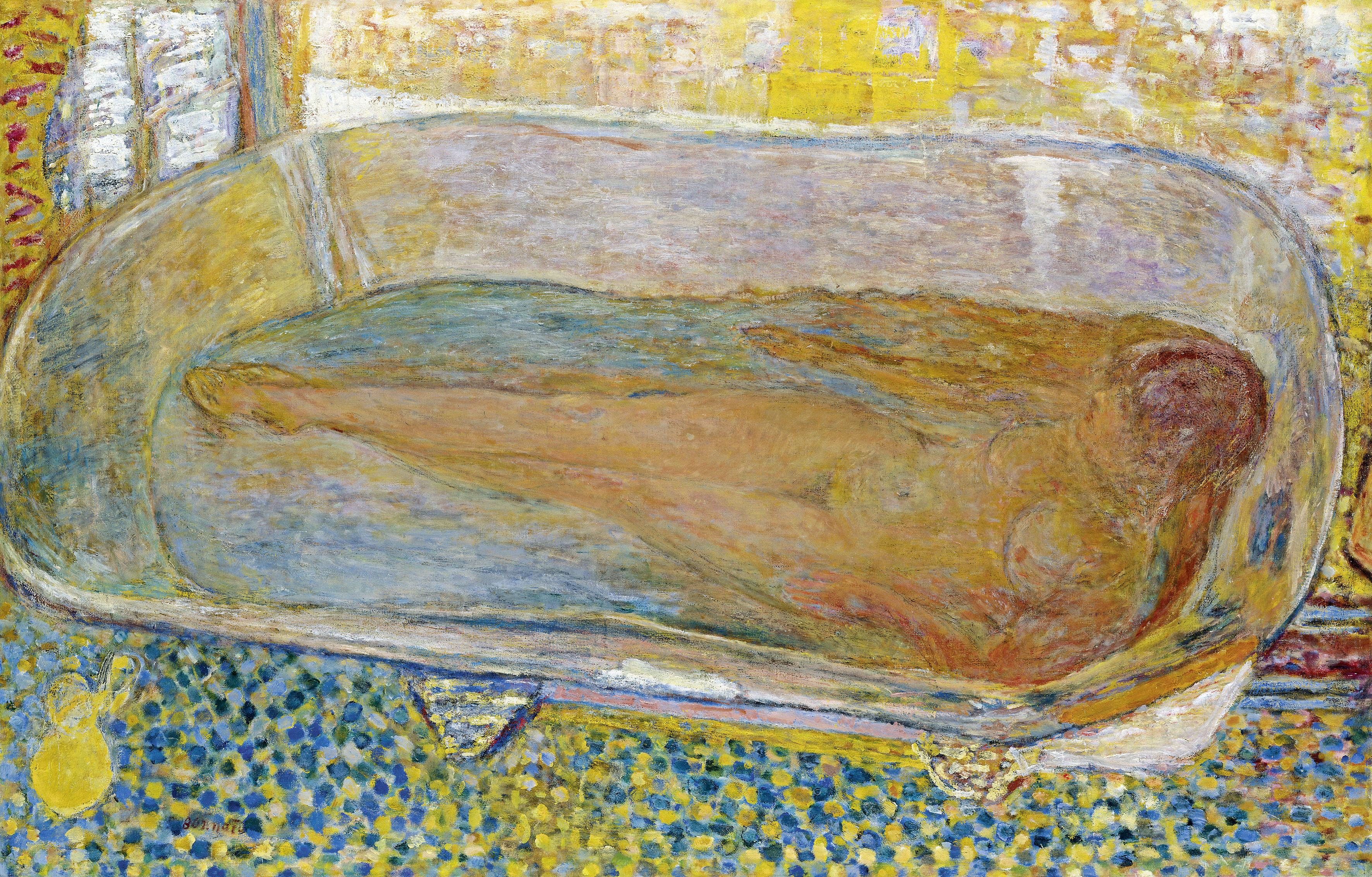
The Beyeler Foundation, one of Switzerland’s most visited museums, is paying tribute to the little-known – and many would say underrated – artist Pierre Bonnard.
The works of the French painter are being shown in Switzerland for the first time since 1999.
“Pierre Bonnard – you think you know him, but many people are unaware of his oeuvre,” summed up Sam Keller, director of the Beyeler Foundation.
Bonnard was a “Nabi”, a member of a group of Post-Impressionist avant-garde artists who set the pace for fine arts and graphic arts in France in the 1890s.
He later turned his back on the movement, and his lack of standing in the history of art is possibly down to his unique personality: for a long time he was considered too wise and too conventional.
The 60 paintings on display at Riehen in canton Basel Country show just how far off the mark that is.
The Beyeler Foundation, whose Renzo Piano-designed museum opened in 1997, aims to return this master of colour to his rightful place. The exhibition, which runs until May 13, covers his entire creative life.
“New generation”
“We would like a new generation to discover Bonnard,” said Keller, who since starting at the foundation has put on many successful exhibitions and notched up record visitor figures for 2011 (see box).
The distinctive feature of the foundation is that it regularly changes what is on its walls, even with the permanent collection.
But it has a prestigious collection at its disposal, created by Ernst Beyeler, whose eye for undervalued Picassos and Impressionists – and help from wife Hildy – enabled him to become Switzerland’s most famous art collector.
The collection is estimated by the Swiss magazine Bilanz to be worth at least SFr2 billion ($2.18 billion).
Retrospectives thus alternate with presentations of contemporary artists who also had a link with the collector. Such is the case with Bonnard, whom Beyeler greatly admired.
Bonnard law
The painter seems to be experiencing a veritable renaissance – even if the most recent individual exhibition in Switzerland was back in 1999 at the Gianadda Foundation.
A major retrospective was held in 2006 at the National Museum of Modern Art in Paris. The Villa Flora, in the Swiss city of Winterthur, owns several of his works.
In June 2011, a Bonnard museum was opened in Cannet, southwestern France, where he died.
“I don’t belong to any school – the only thing I’m looking to do is create something personal,” Bonnard once said.
He was constantly changing his style and dared to take surprising approaches. But above all, it was his studies of colour and way of looking – the art historian Jean Clerc has described Bonnard as “an adventurer of the optic nerve” – that is attracting attention today.
The Beyeler Foundation has decided to organise the exhibition as if one were visiting the artist’s “imaginary home”. The observer is thus first led to look at the road, one of Bonnard’s pet themes at the start of his career, when he was still a member of the Nabis.
The group’s Japonism, the influence of the arts of Japan on those of the West, especially at the end of the 19th century, even resulted in Bonnard being given the nickname, “Nabi japonard”.
His screen print, “La Promenade des Nourrices/ The Nurses’ Promenade”, illustrates this taste for Japanese art and objects.
Melancholy
The second room reunites the works from the “dining room”.
The melancholy of the “Petit Déjeuner de Misia Natanson/Breakfast of Misia Natanson” stems as much from the young girl’s wistful look, expressed by a style both fuzzy and soft, as from the still life which fills the lower part of the composition.
Interior scenes enabled Bonnard to experiment with new perspectives. Ulf Küster, the exhibition’s curator, said Bonnard thus represented a society that was disappearing.
The coldness and the apparent motionless of the dining room contrast with the bathroom and the nudes, another common subject for Bonnard, whose muse was his wife, Marthe.
One of the exhibition’s most beautiful paintings, “L’Homme et la Femme/The Man and the Woman” (1900), shows Marthe sitting naked on a bed, while the painter stands – also naked – the other side of a full-length mirror. It is not erotic, but tender – and once again tinged with melancholy.
Gardens, another object of pictorial exploration, fill several rooms at the exhibition, titled “Le Jardin Sauvage/The Wild Garden”, “Le Jardin Ensoleillé/The Sunlit Garden” and “Jardins et Paysages/Gardens and Landscapes”.
Bonnard devoted countless paintings to these themes, first in Normandy, in the house “Ma Roulotte/My Caravan” at Vernonnet, and then on the Côte d’Azur, in the villa “Le Bosquet/The Copse” at Cannet.
There he picked up many ideas for his experiments with colour. Photographs show the garden as a place of family life and preparations for his paintings, when Marthe walked naked through the copses.
Self-portraits
Outside, people’s faces are often hazy, almost unrecognisable. This is also the case with Bonnard himself in a rather unflattering self-portrait, “Le Boxeur/The Boxer” (1931), in which there appears to be an expression of pain behind the blur of his face.
As if he is hesitating to show his real self, he is also indistinct, older, in “Portrait de l’artiste dans la glace du cabinet de toilette/Portrait of the artist in the dressing room mirror”.
On the other hand, when he is younger, he paints himself, like Gauguin, with a beard and looks directly at the viewer.
For Bonnard, colour was a means of influencing the soul. As he himself said, “it’s not about painting life, it’s about making the painting come to life”.
1867 Born Pierre Eugene Frederick Bonnard on October 3 in Fontenay-aux-Roses, outside Paris.
1885-1888 Enrols at the law faculty of Paris. While studying, he also takes classes at the Académie Julian and in 1887 is admitted to the Ecole des Beaux-Arts.
1888 Influenced by the ideas and style of Paul Gauguin, a group made up of Bonnard, Maurice Denis, Paul Serusier, Henri-Gabriel and Paul Ranson Ibels form the “Nabis” (Hebrew for prophet), a post-impressionist avant-garde group that is later dissolved in 1900.
1890 The exhibition “The Burning Japanese” makes a strong impression on Bonnard and will have a long-lasting effect on his work.
1891 Bonnard exhibits for the first time at the Salon des Indépendants. His poster France-Champagne is plastered around Paris and is much talked about.
1893 Bonnard meets 24-year-old Maria Boursin, who goes by the name of Marthe de Méligny. She becomes his favorite model and his partner.
1912 Bonnard buys a villa in Vernonnet, northwest of Paris. He’s a regular visitor to Claude Monet’s nearby home in Giverney.
1916 Bonnard takes up an invitation by his friends Arthur and Hedy Hahnloser to show 15 paintings in an exhibition of French art in Winterthur.
1925 After 30 years together, Bonnard and Marthe marry.
1940 Bonnard retires in 1940 to Cannet, where he spends the rest of his life, only returning to Paris once during the war.
1942 Marthe dies of chronic pulmonary tuberculosis.
1944-1946 The last years of Bonnard’s life are a flurry of exhibitions, publications and intense artistic activity.
1947 Dies on 23 January in Cannet of tubercular laryngitis.
(Translated from French by Thomas Stephens)

In compliance with the JTI standards
More: SWI swissinfo.ch certified by the Journalism Trust Initiative
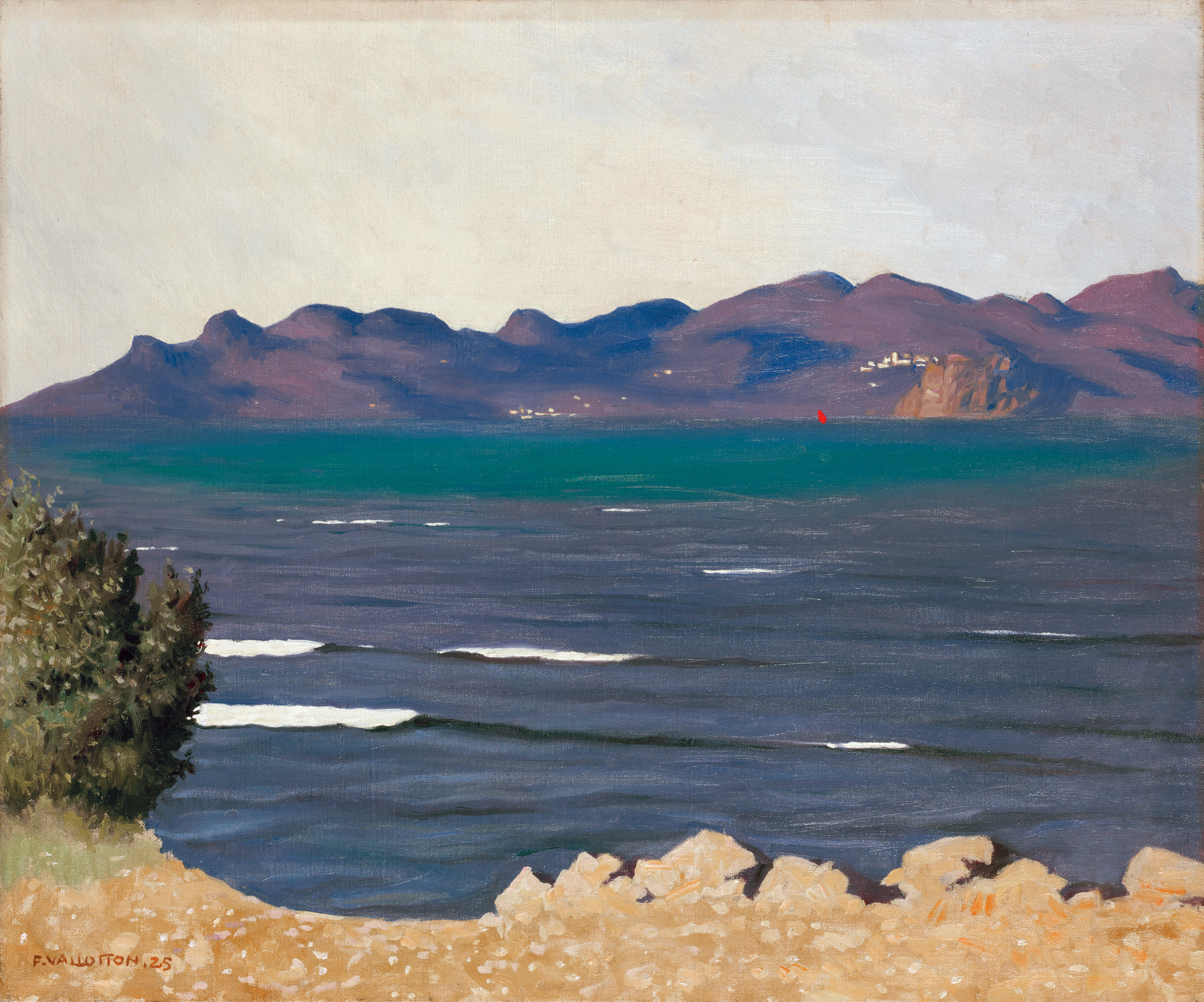
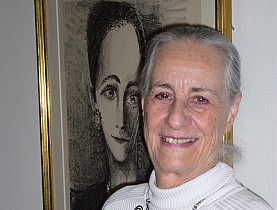
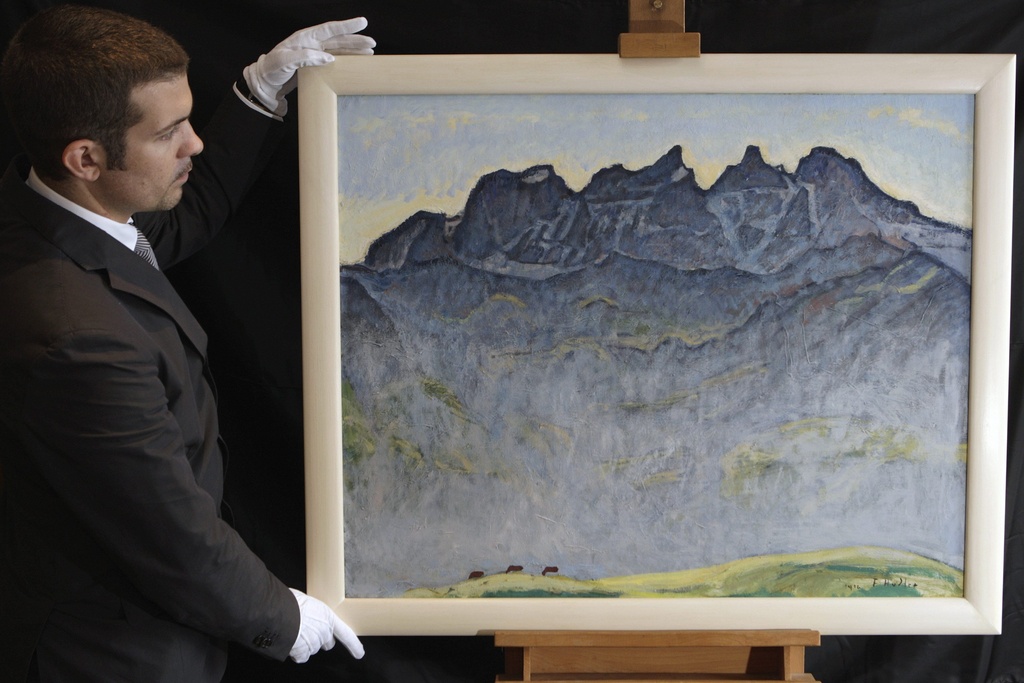
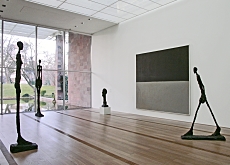
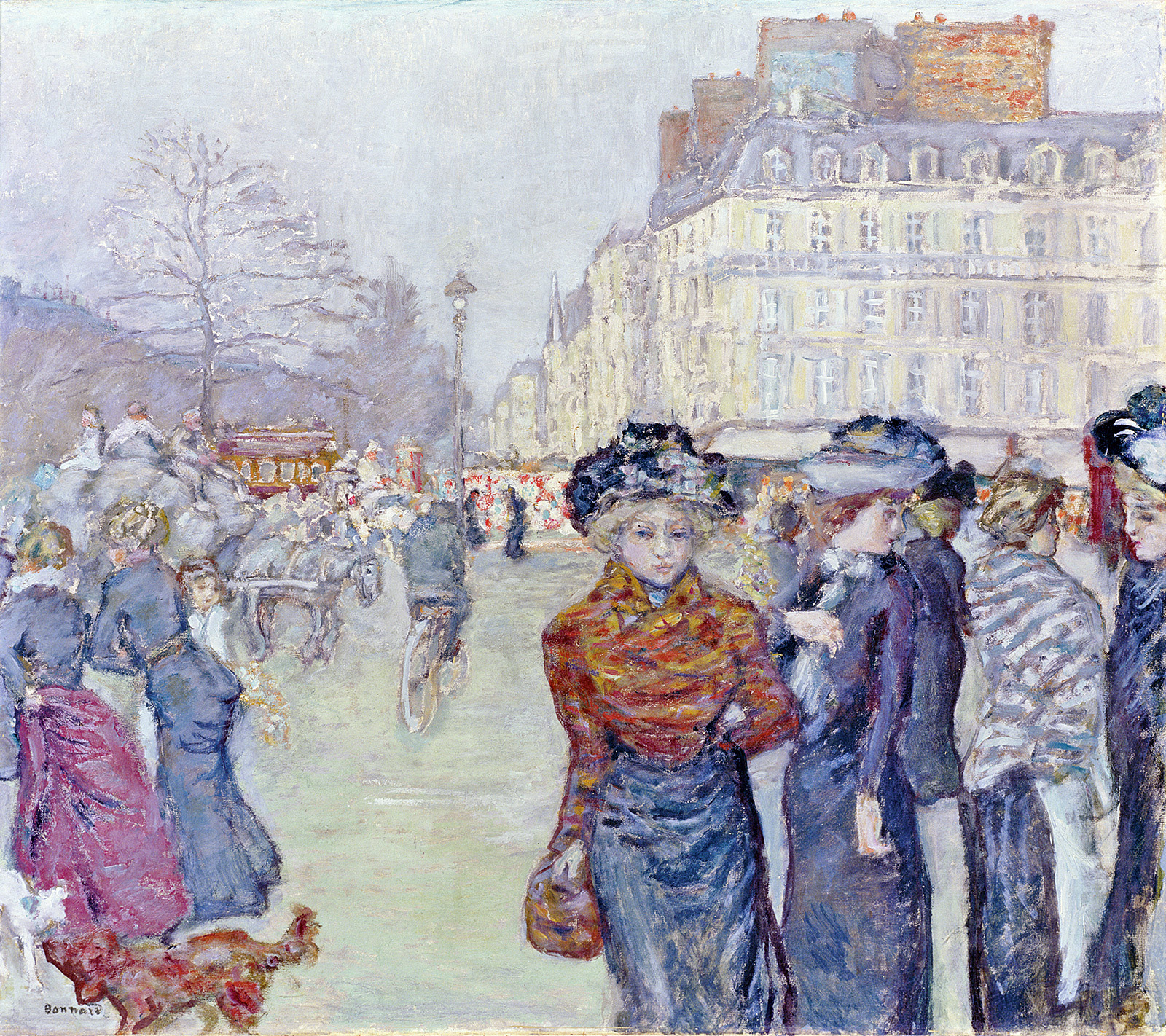
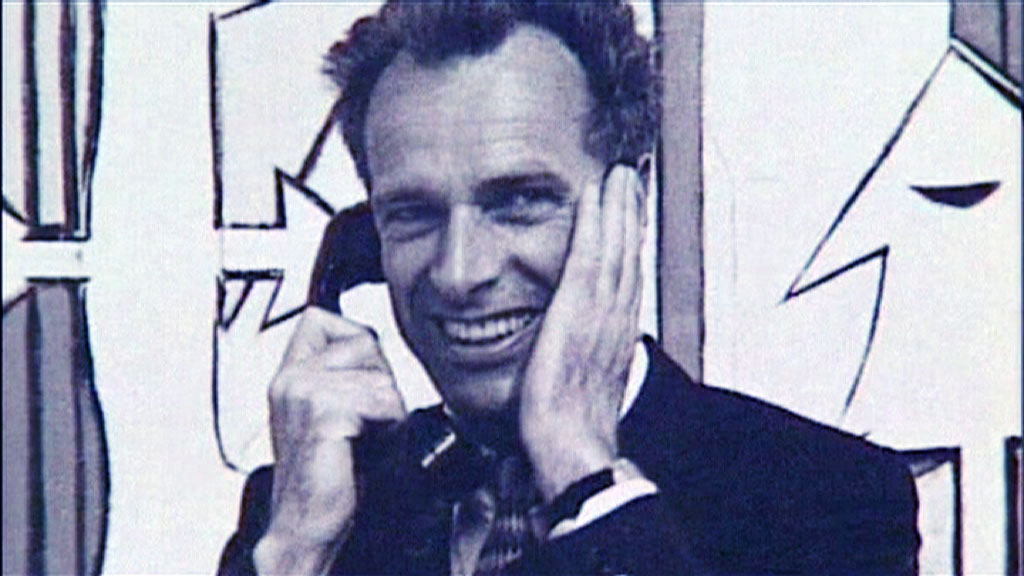
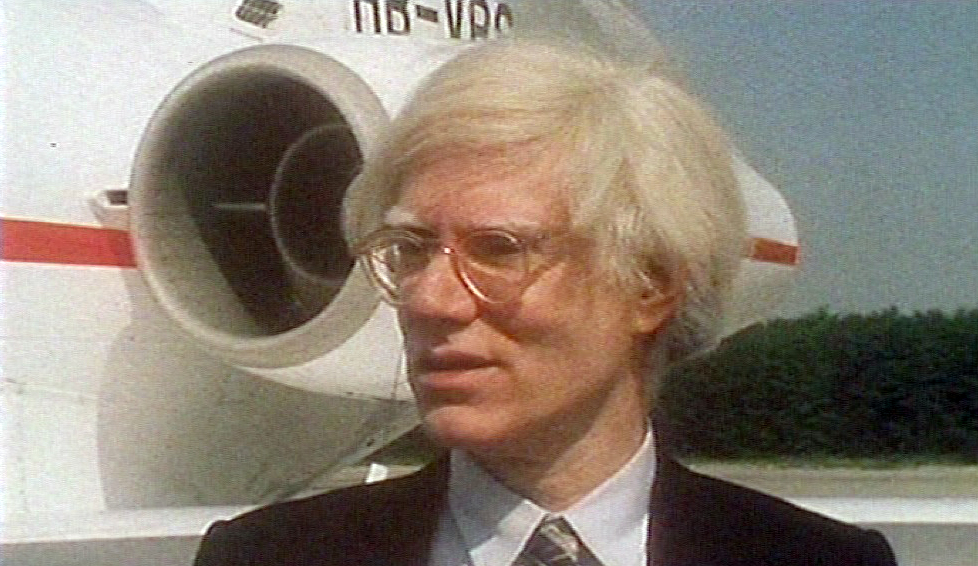
You can find an overview of ongoing debates with our journalists here . Please join us!
If you want to start a conversation about a topic raised in this article or want to report factual errors, email us at english@swissinfo.ch.